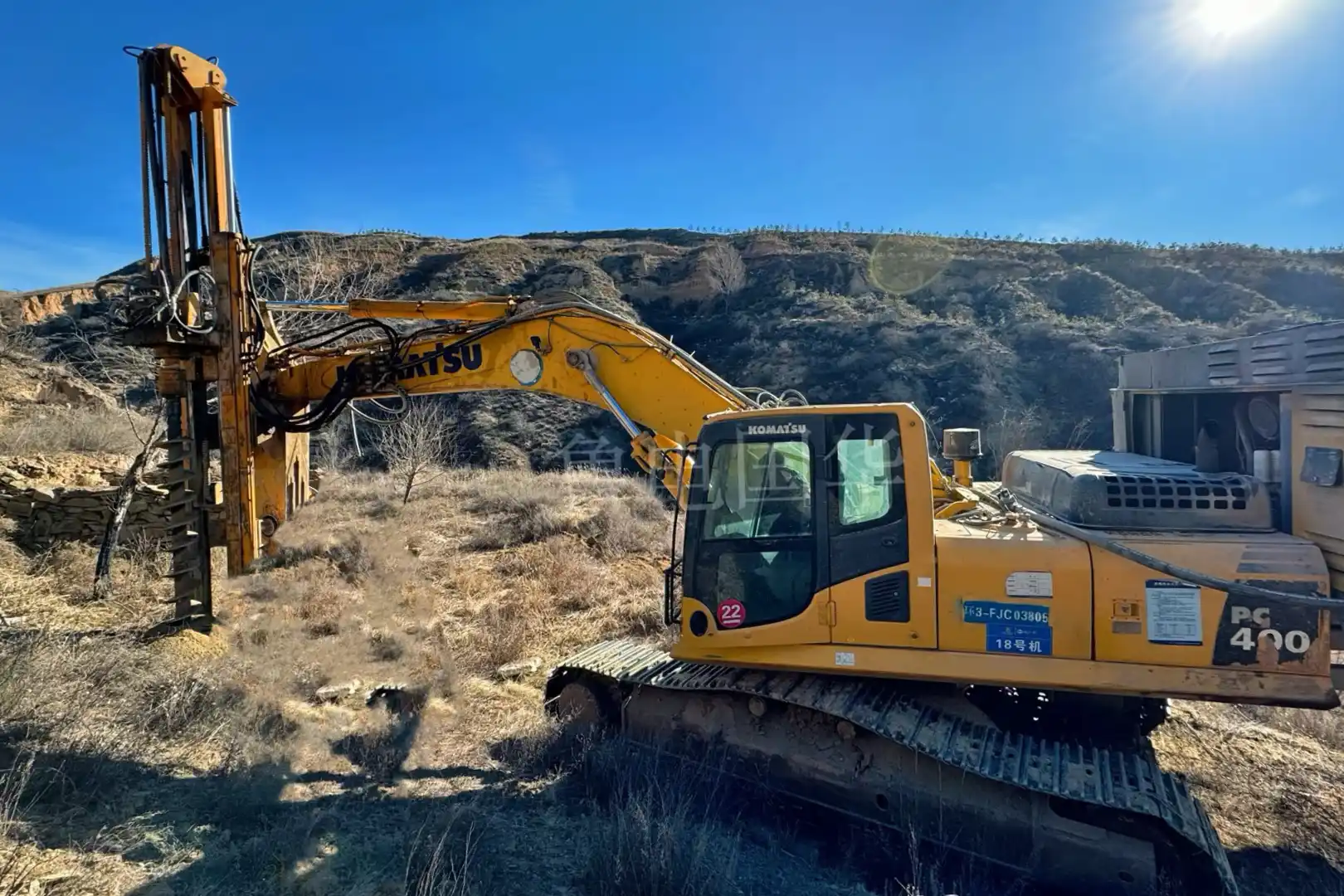What types of pile foundations are commonly used for solar trackers
By Himan Shu | July 18, 2025

The types of pile foundations commonly used for solar trackers include PHC (prestressed concrete pipe piles), steel pipe piles, and concrete foundations.
1.PHC Foundation
High strength and durability
PHC piles use prestressing technology and have strong compressive strength, making them suitable for sites with high load-bearing requirements.
Suitable for a wide range of geological conditions It can be used in geological conditions such as soft soil, silt, and clay, but construction in hard rock geological conditions may be limited.
High construction efficiency Piling machine construction is fast and less affected by weather conditions.
Moderately priced Material costs are moderate, but specialized equipment is required for pile driving, making it suitable for medium to large-scale projects.
Excellent environmental performance Construction has little impact on the environment, and the piles are free of pollution.
Applicable scenarios Large-scale photovoltaic power stations, especially those located on sites with low foundation bearing capacity or high water levels.
2. Steel Pipe Pile Foundation
Highly flexible The length and diameter of steel pipes can be customized according to project requirements, making construction convenient.
Adapting to complex terrain On uneven terrain or rocky foundations, rapid installation can be achieved through drilled-injection.
Quick construction Piling equipment is relatively simple and suitable for projects with short construction periods.
Corrosion resistance needs to be improved Hot-dip galvanizing or anti-corrosion coating treatment is required to adapt to long-term outdoor environments.
Lower costs The materials are relatively economical, especially for small and medium-sized projects.
Applicable scenarios Small and medium-sized photovoltaic projects in areas with complex geological conditions or tight construction schedules.
3. Concrete Foundation
High stability High wind resistance, suitable for areas with high wind speeds or frequent earthquakes.
Complex construction Requires on-site pouring or prefabrication, with a long construction cycle and sensitivity to weather conditions.
Adaptable to various geological conditions It has advantages in hard ground, deserts, saline-alkali land, and other sites where pile driving is not possible.
High costs Material costs and labor costs are high, but it is suitable for projects with high long-term durability requirements.
Non-recyclable Slightly less environmentally friendly, difficult to reuse when dismantled.
Applicable scenarios Deserts, saline-alkali land, areas with high wind speeds, and special project sites requiring high stability.
